Usage-Based Maintenance
Schedule smarter with usage-based maintenance
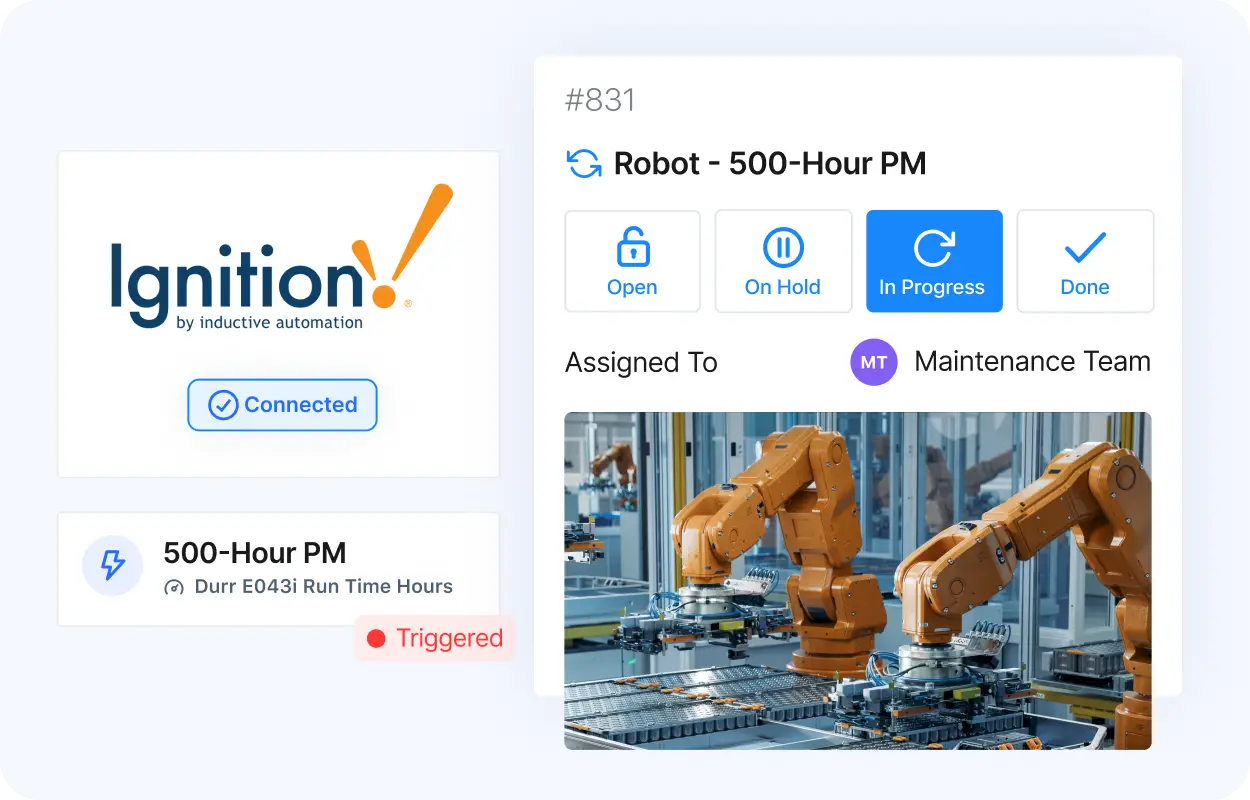










































Our clients using MaintainX report
(mean time to repair)
Automate work orders based on usage data
Trigger PMs and inspections automatically using run hours, mileage, cycles, and more. Service your production equipment, facilities, and fleets, when the data says they’re most at risk.

Keep machines running without doing extra work
If a machine sits idle, you shouldn’t spend labor hours on it. Usage-based automations keep downtime to a minimum, without spending more than you need to on parts and labor.

Listen to your machines with OT and IoT connectivity
Connect your machines in minutes, and let them tell you when work is due. Automate your PMs with real-time data from SCADA, fleet management systems, MQTT brokers, and more.
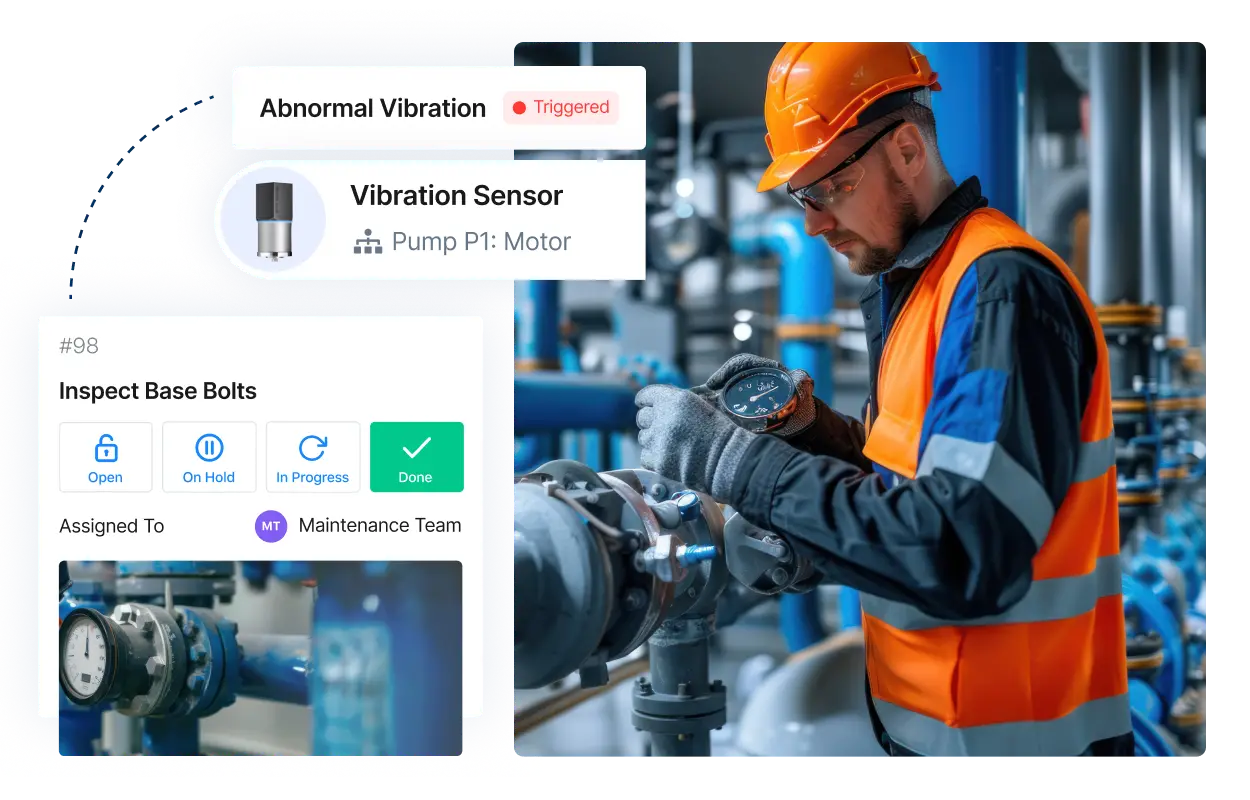
Centralize usage data to make better decisions
Improve your PM program by tracking usage metrics you can trust, all in one place. Use your mean time between failures (MTBF) to make decisions that keep lines running longer.
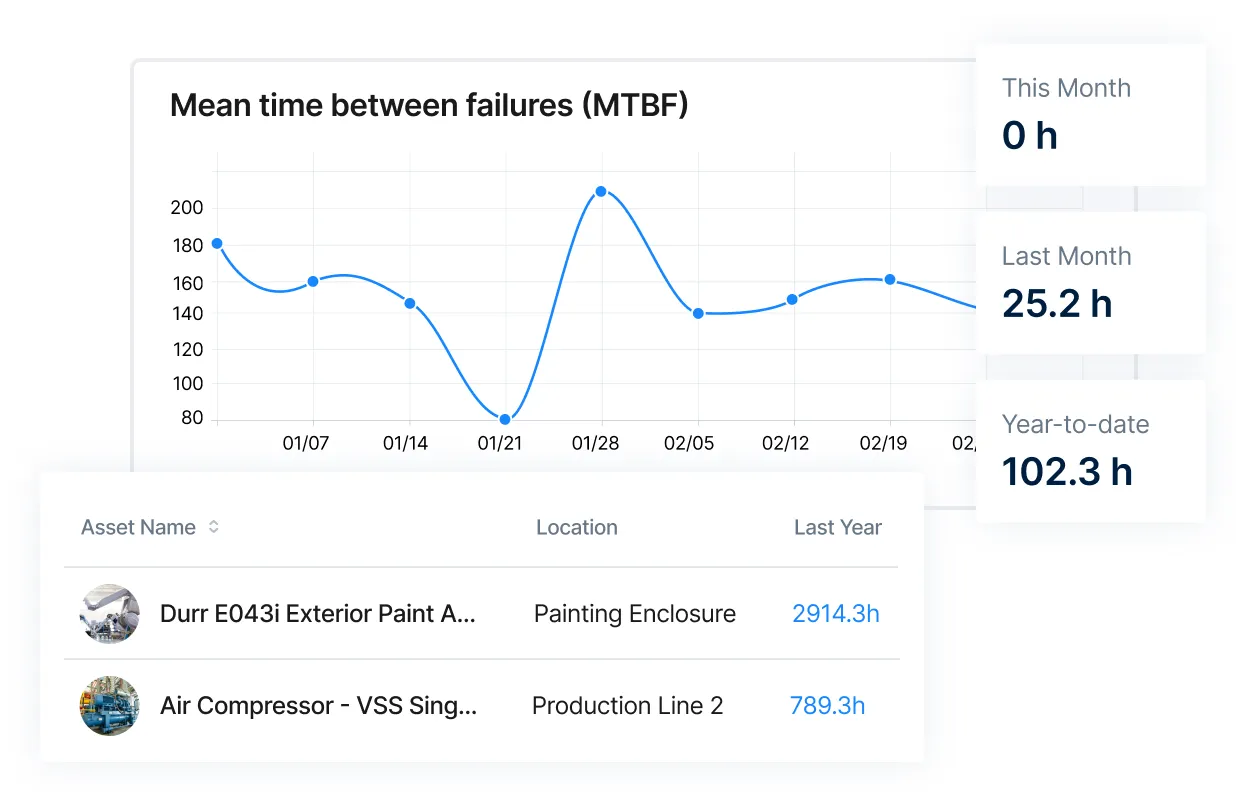
MaintainX is the best software for maintenance and operations across third-party review sites
_BestEstimatedROI_Enterprise_Roi%202.png)

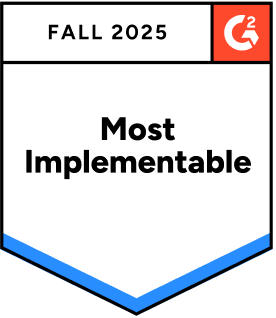





See what customers have to say
Usage-based maintenance software FAQs
Usage-based maintenance software triggers work based on equipment usage, like run time, mileage, or cycles, instead of a fixed calendar. Whereas time-based preventive maintenance is done on a fixed schedule, whether a machine was used or not, usage-based maintenance is done based on how much a machine has been used. This allows maintenance teams to reduce labor and parts costs while improving asset reliability and equipment uptime.
A CMMS gives teams a centralized place to track asset data and meter readings, then schedule and track maintenance tasks. This allows them to automate preventive maintenance based on real-time usage signals. Maintenance management software streamlines scheduling, tracks maintenance history, and provides reporting for continuous improvement, turning usage data into actionable maintenance tasks.
Servicing based on actual wear lowers the risk of over- or under-maintenance, which boosts asset reliability, extends asset life, and cuts unplanned downtime. Adding maintenance management software to the strategy allows teams to automate triggers and standardize checklists to ensure quality control and get equipment back to optimal working conditions faster.
Teams track run hours, cycles, and mileage in meters, then use thresholds to automatically generate PMs at the right interval. Combined with asset tracking data (like mean time between failure) and information from an asset's maintenance history, maintenance teams can fine-tune preventive maintenance schedules and aligns resources with the goals of their maintenance operations.
Yes. Most CMMS software, like MaintainX, integrates with fleet management systems and building/OT data sources to trigger inspections and service tasks when vehicles or assets across properties hit defined usage limits. The result is smarter maintenance planning across multiple locations with lower labor costs.
By performing maintenance only when the asset needs it, you reduce unnecessary parts consumption, labor, and total maintenance costs. Properly timed service prevents excessive wear, improving asset reliability and extending asset life while keeping operations running smoothly.
Gathering consistent meter readings and failure data reveals trends that inform your preventive maintenance program. Reporting and analysis of this data highlights where to tighten inspection steps, adjust intervals, or shift to condition-based maintenance for better resource allocation.
Right-time service helps assets operate at optimal efficiency, which can reduce energy consumption and costs. Automating preventive maintenance tasks also minimizes disruptions to production and improves throughput, contributing to broader operational excellence.
Yes, many platforms can connect to EAM/ERP, SCADA, and MQTT brokers to sync asset data, usage readings, and work order status. This integration keeps maintenance operations aligned with production, finance, and compliance workflows for improved operational efficiency.
Facility managers set meter-based triggers that automatically create preventive maintenance work orders when thresholds are reached. Maintenance management software centralizes these triggers with checklists, parts, and approvals to ensure compliance without over-servicing.
Highly used or variable-use assets, like compressors, pumps, conveyors, packaging lines, forklifts, HVAC units, vehicles, and utility systems, benefit most. When usage varies day-to-day and can be measured with meters, usage-based preventive maintenance helps maintain optimal condition while avoiding unnecessary routine maintenance.
Mobile maintenance management software allows technicians to receive alerts about PMs the moment usage thresholds are met, along with access to complete checklists. It also gives them the tools to log parts on the go. Mobile accessibility ensures fast response times, accurate data capture, and consistent procedures at scale.
Because maintenance tasks are triggered precisely when needed, planners can schedule crews and parts more efficiently. This reduces idle time and emergency call-outs, improving productivity and enabling maintenance managers to focus on higher-value activities.
When looking for maintenance management software solutions to implement usage-based maintenance, look for intuitive meters setup, clear asset hierarchies, straightforward preventive maintenance templates, and one-click work order creation. Additional features may include role-based permissions, mobile offline mode, and real-time notifications so maintenance personnel can act quickly and without friction.
By aligning service with actual wear, UBM catches issues before failure without over-maintaining idle equipment. Automated triggers, digital inspections, and centralized maintenance processes increase first-time fix rates and reduce unplanned downtime.
Get more done with MaintainX
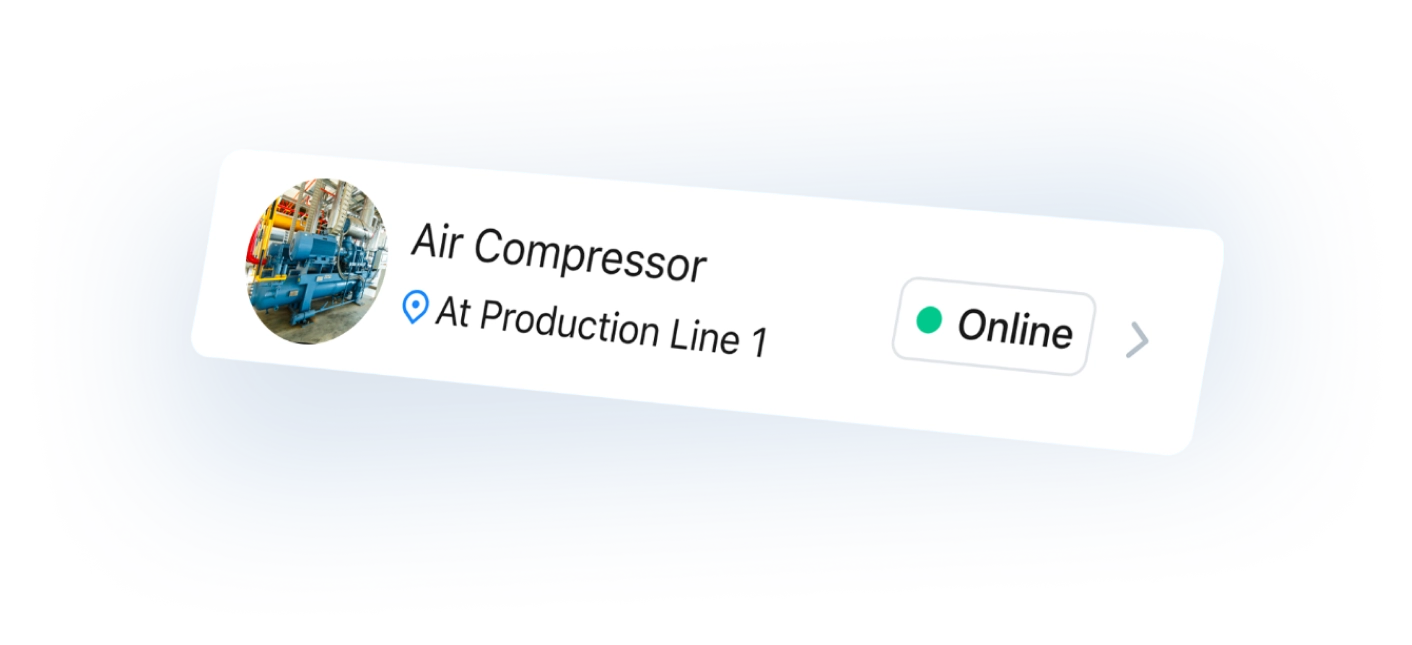
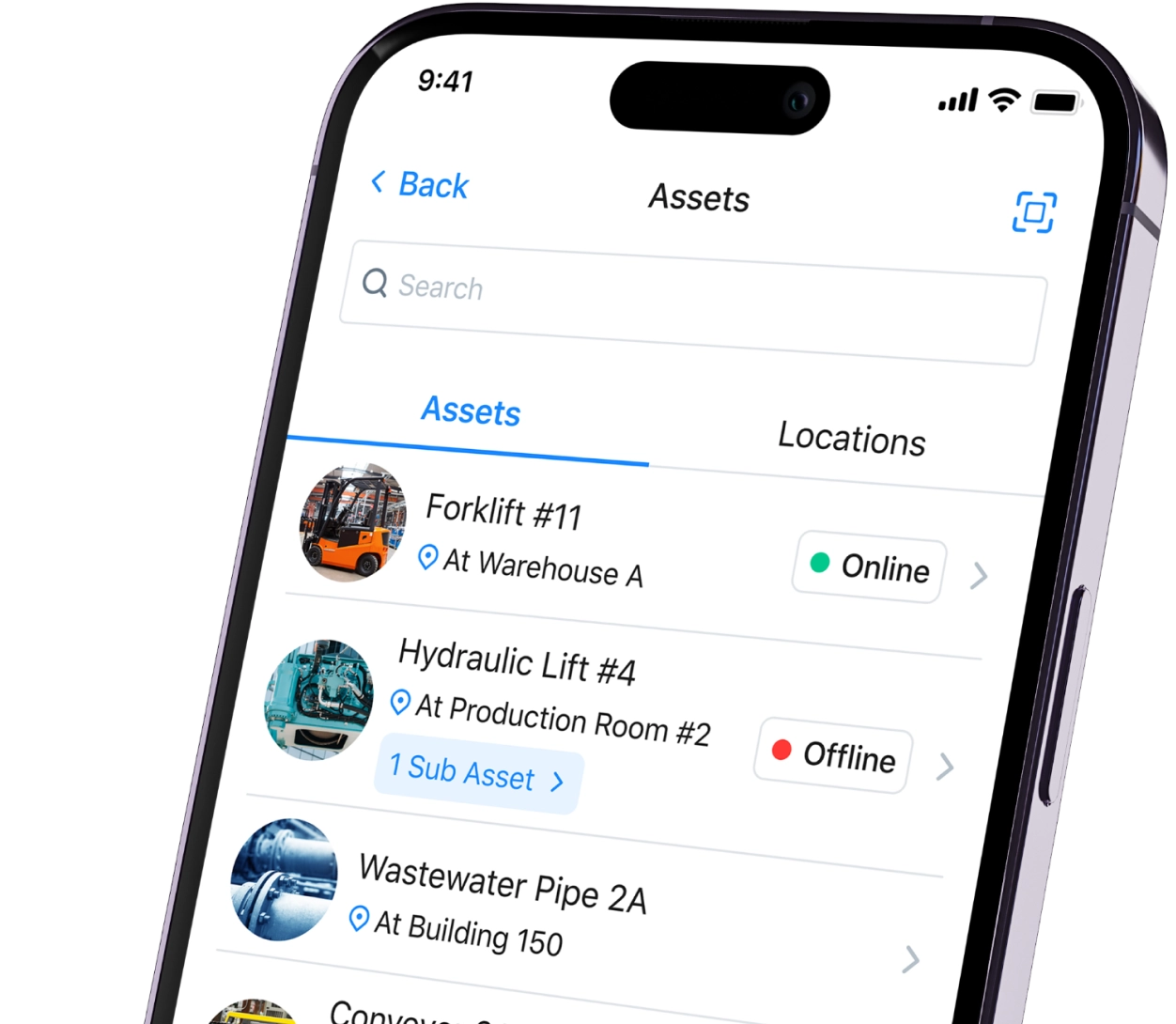


.png)





